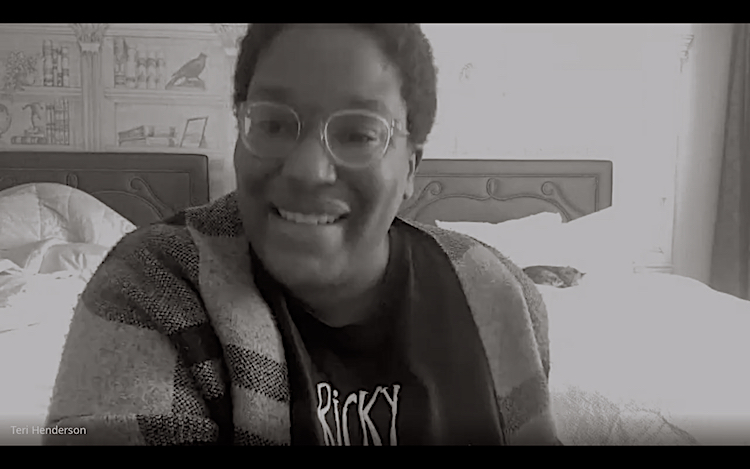Michael Anthony Farley

In a typical year, studio visits are one of the most fun parts of working in the arts.
I always love getting a “behind the scenes” look at how and where artists or other art professionals work. In the age of social-distancing, things are a bit different. We won’t be cramming into creaky industrial elevators to ascend to some romantically un-hygenic loft, or piling onto a discount bus line to check out the stuffy back office of a closet-sized art space in the Lower East Side. We’re resigned to interviews over Zoom.
That’s a blessing and a curse. Distance—even when mitigated by video—forces us to rely more on verbal language to communicate. In a writing workshop, maybe that’s not such a bad thing? But mostly, “distance” as a quantitive concept has somewhat collapsed. The experience of talking to a Texan curator in Baltimore City is now virtually indistinguishable from talking to a Chinese curator in Mexico City. A genre-bending artist from Oslo who lives and works in Berlin is just as “close” as a scientist-cum-painter (or is it the other way around?) from Seoul who lives 20 minutes from UMBC.
So maybe our new #YOLO (You Only Live Online) existence is turning out to be weirdly cosmopolitan? One thing’s for sure: this round of virtual studio visits certainly generated some great discussions:
- Adriana Vélez interviews artist and curator Coco Klockner about Y2K aesthetics, gender, and more.
- Joseph Kemp interviews Erin Fitzpatrick, Baltimore’s hardest-hustling figurative painter.
- Sandra Abbott interviews art critic and curator Teri Henderson, who gave up a law career to curate the Black, Queer, and atypical.
- Pierce Johnson interviews Se Jong Cho about balancing a practice that spans art, science, and environmental justice (and a must-see solo show at Catalyst Contemporary that’s up until May 15th!).
- Brian Nguyen interviews the Miami art scene’s multidisciplinary mischief maker Liz Ferrer about family, weird performance art, and abuela-centric telenovelas
- Leon Lai interviews globe-trotting curator and art dealer Lexïng Zhang and discuss defying Chinese familial career expectations in the (relatively) wild West.